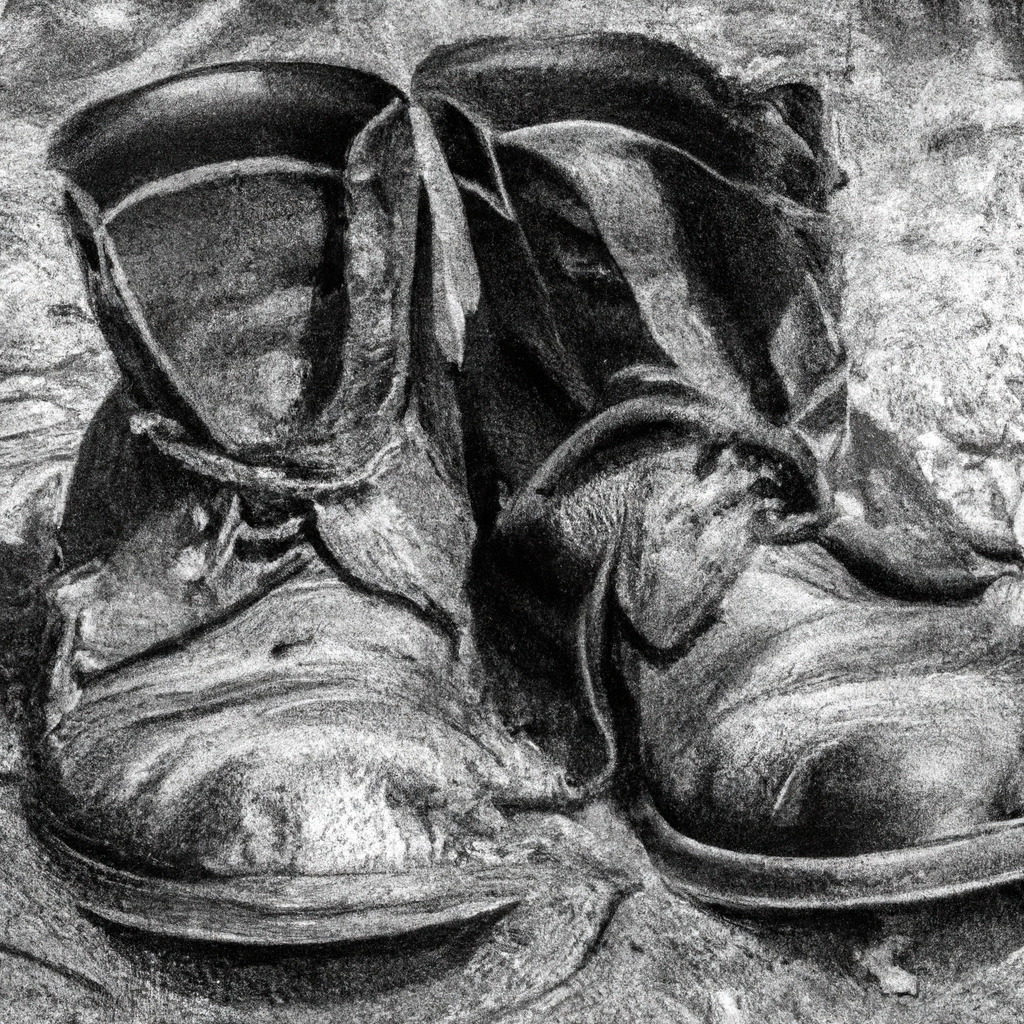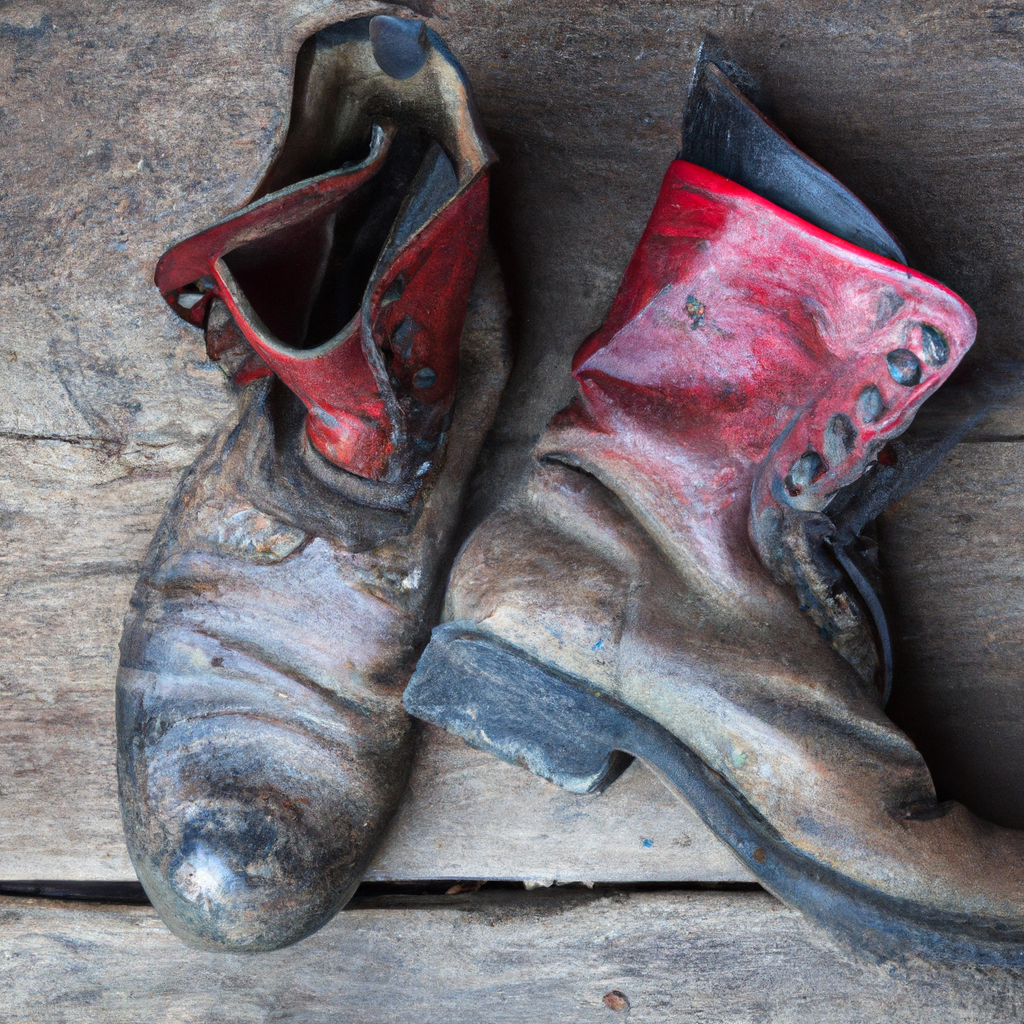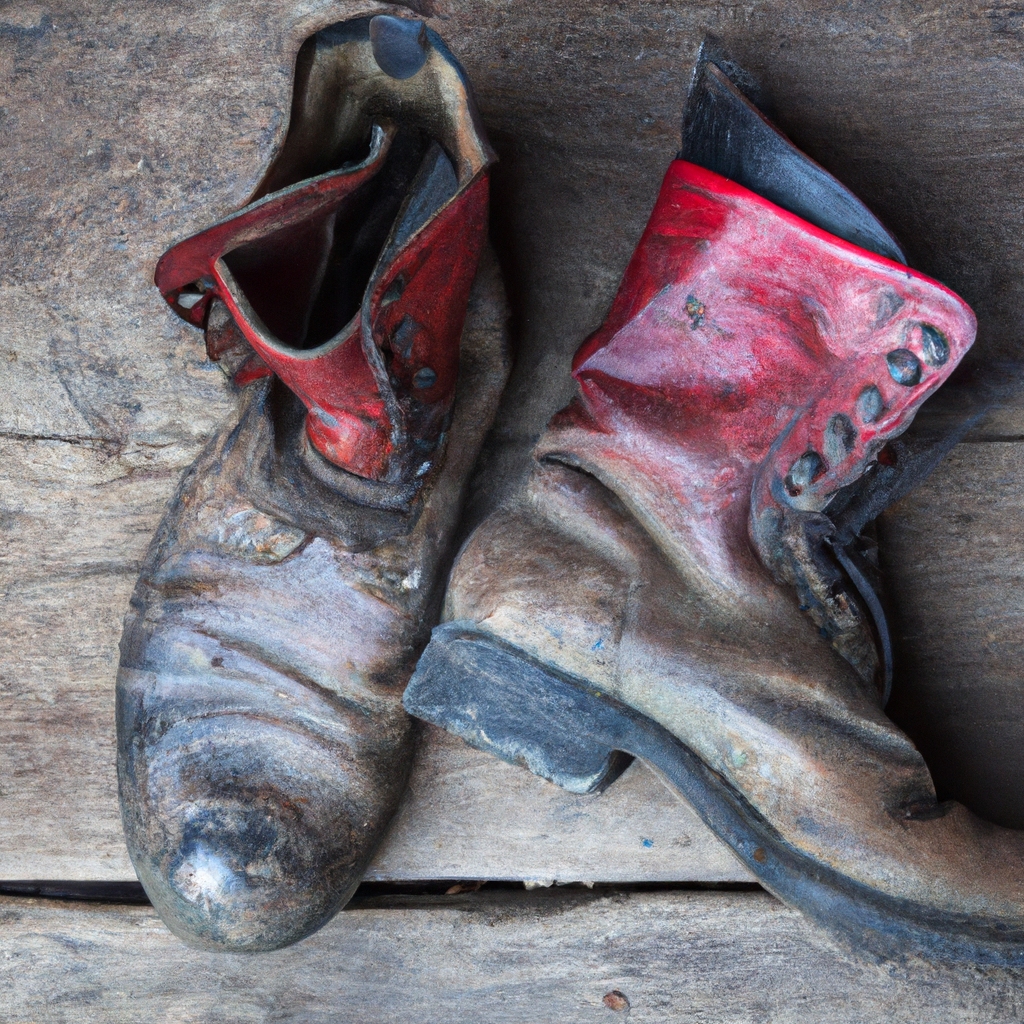Ah, the timeless struggle of breaking in a new pair of boots. We’ve all been there, battling that initial discomfort before we can truly enjoy the snug fit and undeniable style. But have you ever wondered just how long it actually takes to break in a pair of boots? Whether you’re a seasoned boot-breaker or a rookie in the art of footwear adjustment, this article will unveil the secrets behind the duration of breaking in boots, so you can strut your stuff in comfort and confidence. So, lace up your boots and let’s embark on this journey together!
Factors Affecting the Duration of Breaking in Boots
Breaking in boots can vary in terms of duration, depending on several factors. These factors include the material of the boots, the type of boot design, the frequency and duration of use, individual characteristics, breaking-in techniques, environmental conditions, boot care and maintenance, the quality of the boots, personal comfort level, and special considerations.
Material of the Boots
The material of the boots plays a significant role in the duration of breaking them in. Leather boots, for example, tend to require a longer breaking-in period compared to synthetic or mixed material boots. Leather is a natural material that adjusts to your foot shape over time, while synthetic boots may be more flexible and require less time to mold to your feet.
Type of Boot Design
Different boot designs can have an impact on the duration of the breaking-in process. Traditional lace-up boots, zipper boots, slip-on boots, moc-toe boots, chukka boots, Chelsea boots, combat boots, cowboy boots, work boots, and hiking boots each have their own unique features that may affect how quickly they conform to your feet.

Frequency and Duration of Use
The frequency and duration of use of the boots also play a role in the breaking-in period. Boots that are worn regularly for everyday use tend to conform to your feet more quickly than boots that are only used intermittently or for extended continuous periods. Boots that are used sporadically may require additional breaking-in each time they are worn.
Individual Characteristics
Individual characteristics, such as foot shape, anatomy, size, conditions, and sensitivities, can affect how long it takes to break in boots. Factors such as previous foot injuries, the use of orthotic insoles, and the thickness and material of socks worn with the boots can all contribute to the overall breaking-in experience.

Breaking-in Techniques
There are various techniques that can be employed to help expedite the breaking-in process. Wearing thick socks, using boot stretchers, applying leather conditioner or oil, and utilizing warmth and moisture conditioning can all aid in softening the boots and allowing them to mold to your feet more quickly. Gradually increasing walking distance, rolling, flexing, and bending the boots, and employing heel reinforcement techniques are also effective methods.
Environmental Conditions
Environmental conditions can impact the duration of breaking in boots. Factors such as temperature and humidity, wet or dry conditions, the type of terrain and surface the boots are exposed to, as well as exposure to sunlight, can affect how the boots conform to your feet. Indoor vs. outdoor use, as well as exposure to extreme conditions and challenges, can also impact the breaking-in process.
Boot Care and Maintenance
Proper boot care and maintenance can influence how long it takes to break in boots. Regular cleaning and conditioning, polishing and waterproofing, proper storage, and avoiding excessive wear and tear can all contribute to the longevity of the boots and ensure a more comfortable breaking-in experience. Additionally, replacing worn-out parts, resoling, and repairing the boots as needed can impact how well they conform to your feet over time.
Quality of Boots
The quality of the boots can also affect the duration of breaking them in. Factors such as brand reputation, craftsmanship and construction, material durability, the flexibility of the soles, the quality of lining and padding, as well as insulation and breathability, can all impact how quickly the boots mold to your feet and provide the desired level of comfort.
Personal Comfort Level
Personal comfort level plays a crucial role in the duration of breaking in boots. Some individuals may be more sensitive or particular about the fit of their boots, which may affect their perception of the breaking-in period. Personal preferences and tolerances for discomfort can vary, and it is essential to consider one’s own comfort level during the breaking-in process.
Special Considerations
Certain situations may necessitate additional considerations during the breaking-in period. Individuals with specific boot-related foot conditions may require additional time and care to ensure a comfortable fit. Seeking professional footwear fitting, following manufacturer guidelines and specifications, and seeking expert advice and recommendations can all contribute to a successful and efficient breaking-in experience.
In conclusion, the duration of breaking in boots can vary depending on several factors. The material of the boots, the type of boot design, the frequency and duration of use, individual characteristics, breaking-in techniques, environmental conditions, boot care and maintenance, the quality of the boots, personal comfort level, and special considerations all play a role in how long it takes for boots to mold to your feet. By understanding these factors and employing appropriate techniques and care, you can ensure a comfortable and enjoyable breaking-in experience.




